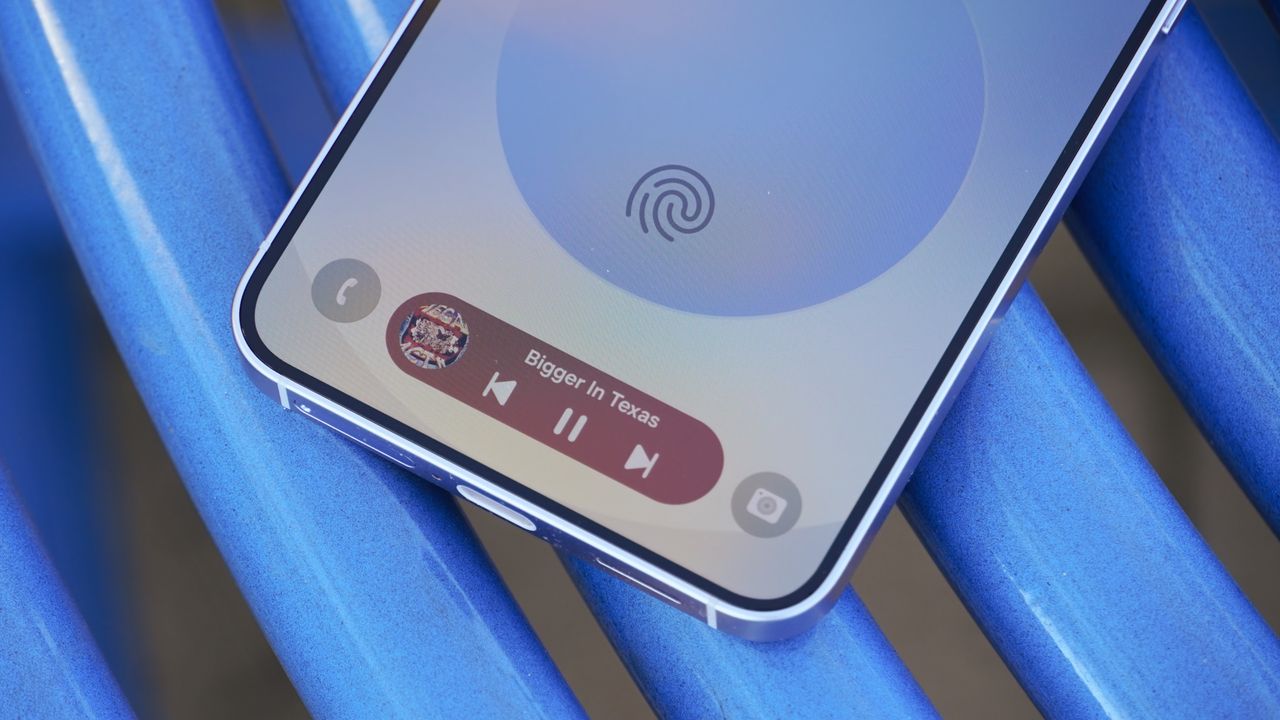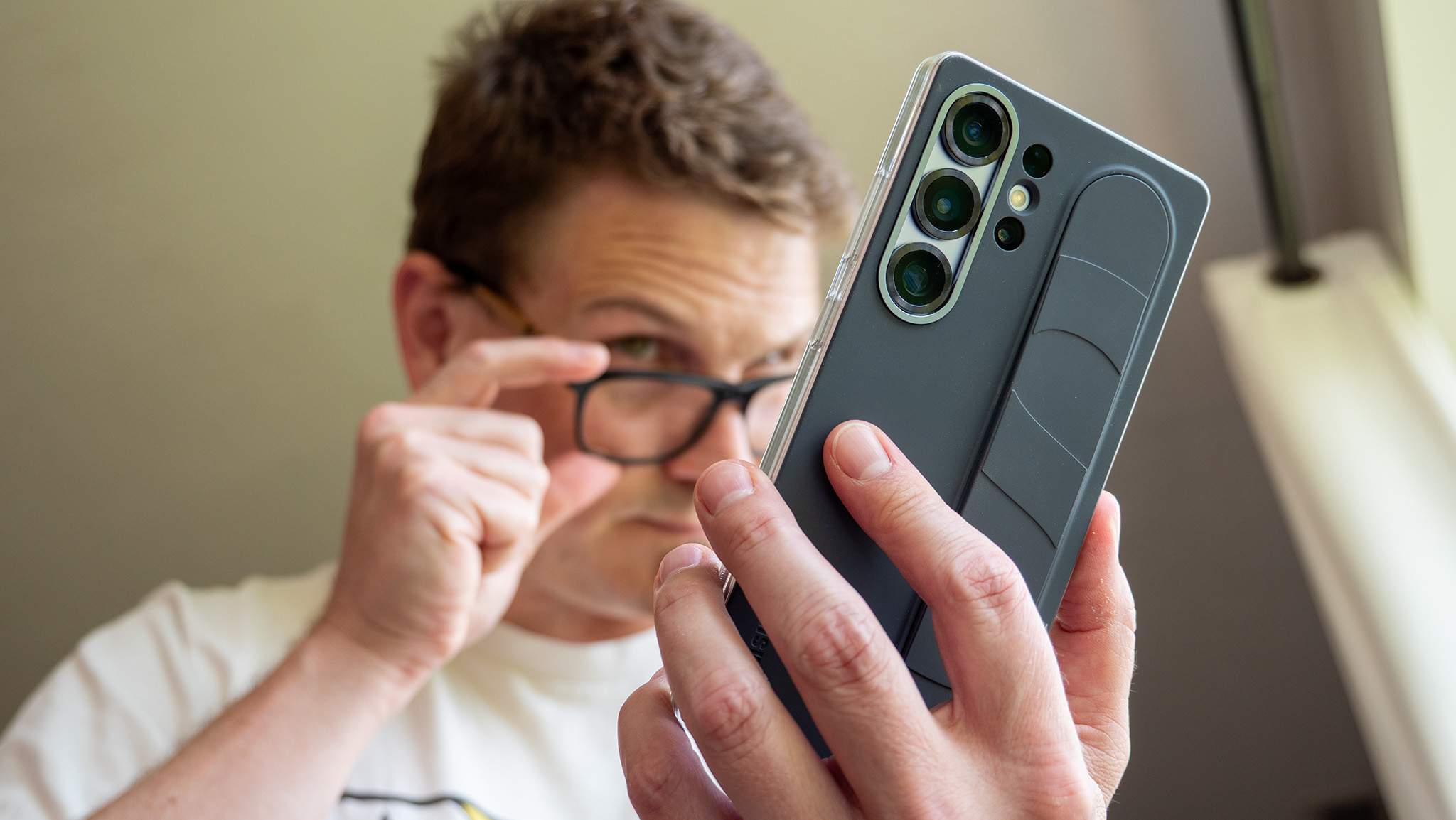
Can the Galaxy S25 detect fake fingerprints or facial data?
- The most secure biometrics option on the Galaxy S25 is the in-display fingerprint sensor, which is not easily fooled.
- This is due to the type of sensor used and the level of effort needed to attempt to bypass it.
- Face unlock, while improved, is not as secure an option, as Samsung does not have the appropriate hardware to consistently and reliably discern a 2D image from an actual face.
The ultrasonic fingerprint sensor used in the Galaxy S25 display is perhaps one of the most secure biometric security measures on an Android smartphone. That's because while it's not impossible to fool, it is extremely tricky.
Per Samsung, an ultrasonic fingerprint sensor "counteracts spoofing attempts using 2D replicas of a person’s fingerprint," by creating a 3D map of the fingerprint and its ridges. Samsung also uses machine learning to determine when someone is trying to use a 2D image to fake a fingerprint.
To fool this type of fingerprint sensor, you would basically have to 3D print a copy of a fingerprint. And while 3D printers are more common these days, they're not exactly omnipresent, and the process of lifting a fingerprint and creating a copy would be a challenge.

Meanwhile, face unlock on most Android phones is not as secure and is generally an option that can be fooled more easily without dedicated hardware. That's because it solely relies on a 2D image of your face to unlock, as opposed to a 3D scan, similar to the iPhone's TrueDepth Face ID system or even the ToF sensor on the 2019 LG G8 (or Galaxy S10 5G).
Galaxy S25 facial biometrics, while seemingly safer and more reliable than previous generations, don't appear to have significantly improved on the security front. When setting up face unlock, Samsung warns that the feature is less secure "because there is some possibility that someone who looks like you or who uses an image of your face could unlock your phone." This means it can't be used for security measures beyond unlocking your phone, such as mobile payments.
Meanwhile, Pixel phones since the Pixel 8 meet Google's Class 3 biometrics standard, thanks to their use of AI in tandem with camera data to enhance the accuracy of the camera. This means it can't be as easily fooled and has been determined secure enough for more sensitive security features.
So, the fingerprint sensor is your best security measure if you want to keep your Galaxy S25 secure, as it's not easily fooled. And with either option, Samsung still requires a secondary measure, such as a pin, passcode, or pattern.







